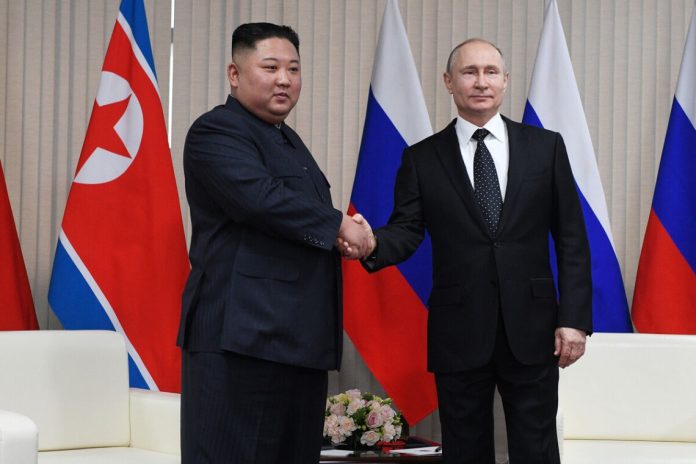The Kremlin is trying to delay the need to carry out new stages of mobilization in Russia, using a new agreement on comprehensive strategic partnership with North Korea. According to analysts of the Institute of War (ISW) in its report, this approach can serve as a legal justification for the deployment of North Korean soldiers in Russian fighting.
Strategic Partnership with DPRK
On October 14, Vladimir Putin sent a text of the Strategic Partnership between Russia and North Korea, signed in June 2024, to the State Duma. The Kremlin spokesman Dmitry Peskov stressed that the agreement contains the provisions on "mutual cooperation in the field of defense and security". This, according to ISW analysts, can be used to legitimize the involvement of North Korean servicemen in conflict.
According to the report, the Kremlin has not confirmed information about the formation of a battalion of 3,000 North Korean citizens to participate in military operations in the Kursk region, as well as about the desertion of a group of North Korean soldiers.
Avoid mobilization and cryptomobilization
Experts believe that the DPRK Agreement testifies to Putin's desire to find alternative ways to strengthen the armed forces without declaring partial or general mobilization. The Russian leader continues to rely on cryptomobilization and the creation of new volunteer units in order to avoid negative consequences for society.
This problem became especially urgent after the invasion of the Ukrainian forces into the Kursk region in August 2024, which caused new needs for personal in order to protect this front.
Putin's reaction and his strategy
The ISW report states that Putin's reaction to changes in the combat situation corresponds to his overall warfare strategy. It avoids widespread mobilization, focusing on the formation of new territorial defense units and the use of conscripts.
The use of North Korean personnel as part of a mutual defense agreement is part of a common effort to strengthen the Russian army without declaring large -scale mobilization.


